Greek Baptism Traditions
Text and photos: Katarina Mihalakopoulis
Greek baptism in the Christian Orthodox Church is an important event in the life of any family. Greek culture is full of different traditions. Each region in Greece has its own traditions that uniquely separate it from the rest of the country. Below you will find what is the same in whole Greece when the baptism is about.
For baptism, the godfather must be an Orthodox Christian and must bring to the church the following:
- a small white towel (which the priest and the godfather will use to wipe their hands after baptism)
- one large white cloth (for wrapping a baby)
- One big white towel
- One set of the underwear for baptism - to dress the child immediately after immersion in water and baptism. In Orthodoxy these clothes are considered sacred and must be kept in a safe place.
All of the above is called Ladopana-Set for baptism and the set consists of 6 pieces.
- a small bottle of olive oil (that priest puts in the water)
- one soap (that the priest and the godfather can wash their hands after baptism)
- three white candles
- one big candle and two smaller ones
- appropriate clothing for baptisms, shoes and socks.
The golden cross on the necklace for the baby (that baby will carry after the baptism)
Baptism box to transfer everything above to the church.
Baptism Day is one of the most important days in the life of every Orthodox Christian. Baptism begins by giving a child from parents to a godfather at the door of the church. At that moment, the godfather speaks in the name of the child and condemns Satan. Then, the priest, parents and godfather walk to the frontal part of the church, where a woman (usually a grandmother) takes baby to hide and puts off baby`s clothes and wrapping baby in a large white towel. The priest blesses the water and adds to it the oil brought by the godfather. Then he takes the child and rubs it in oil and water. Then the baby is dipped in the water three times symbolizing the three days that Lord Jesus Christ spent in the tomb. As the child sinks into the water, the priest pronounces the name of the child together with the name of the Trinity, Father, Son, and Holy Spirit. The priest then takes a child out of the water and hands him to the godfather who holds a white canvas and a towel. Then the priest cuts hair of the child for three times and places it in the water. The priest also blesses children’s clothes, and then the grandmother will dress the child in a baptized suit. After that, the priest puts a golden cross and a necklace on baby, and the godfather takes the baby and burns large candle and small candles. Small candles are usually given to children to keep them. When the ceremony is over parents kiss the godfather’s hand and receive the baby, who at that moment entered Orthodoxy, and in this way they thank to the godfather who was with their child at that moment, and all relatives and friends wish them “Na sas zisi” which means “life to him / her,” or “to be alive and well.” Candies are offered at the exit from the church, which can be various small cakes, cookies or candies.
After ceremony, celebration is either in the house or in the restaurant. This celebration can range from a very small with just some cookies and coffee to a gala celebration with lots of food and entertainment.
Three days after baptism, the baby should not be bathed. After these three days, in my region (Peloponnese), parents take all the clothes, towels and canvases and wash them in the sea. Water after the ceremony of baptism should be used for flowers, or in my area parents go and throw it in the sea. Three weeks after baptism, parents should take baby dressed in a baptized suit to the liturgy for the Holy Communion ceremony.
8 comments
Post a Comment
NOTE
All your questions in the comments will receive an answer via email so check your inbox shortly after you posted comment. For more detailed questions and responses, contact us via mail nikana@nikana.gr.

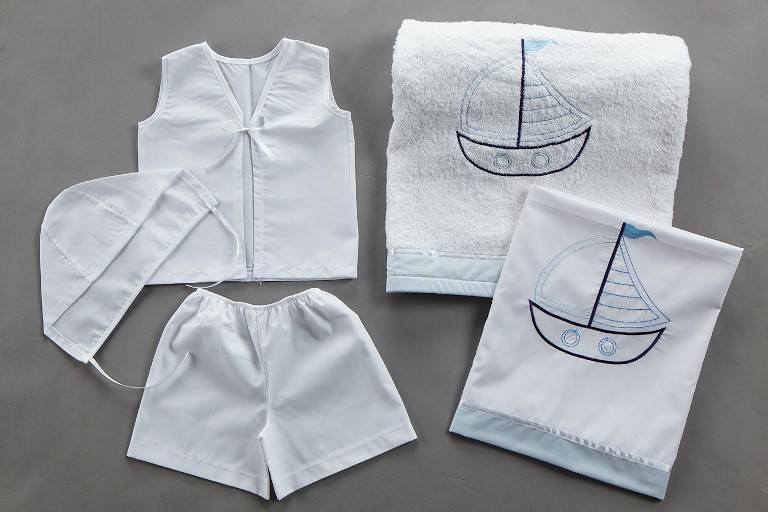
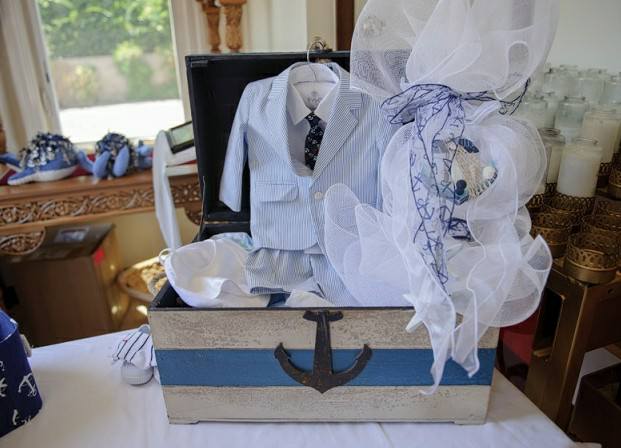
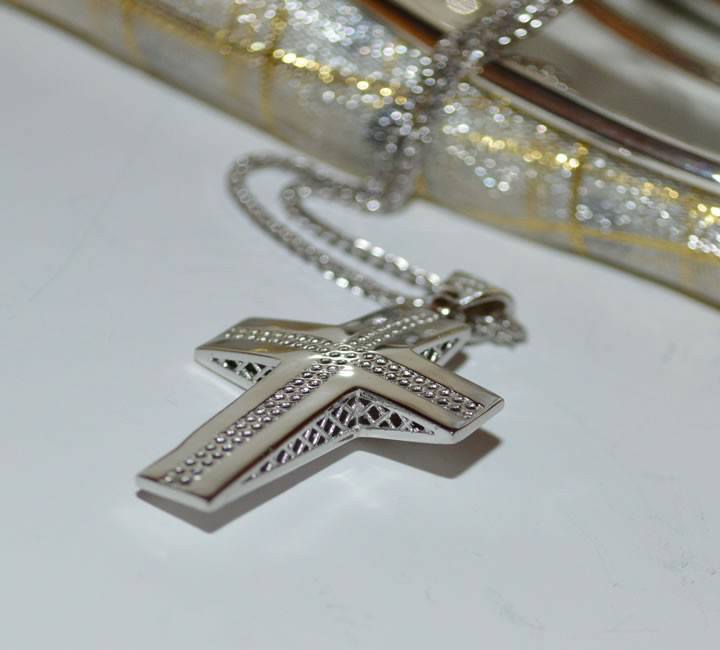
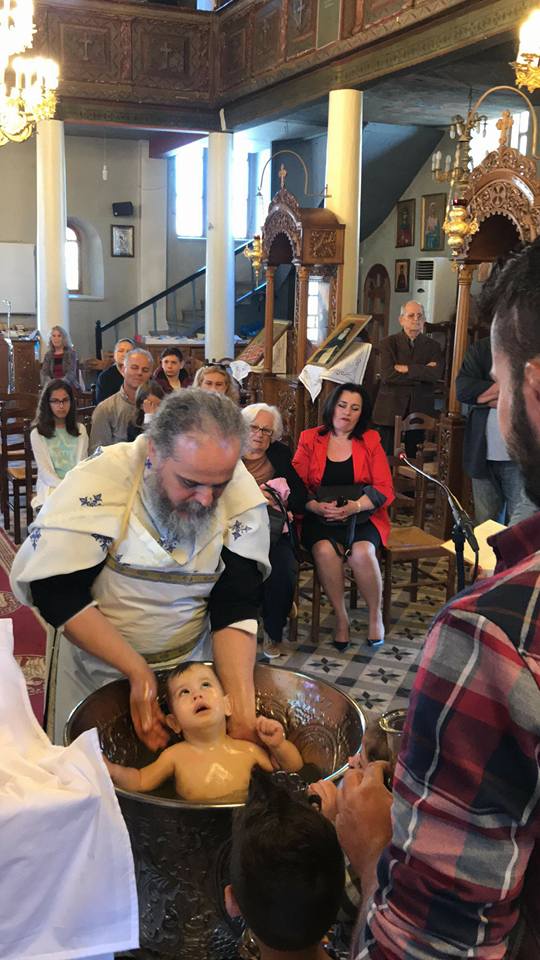
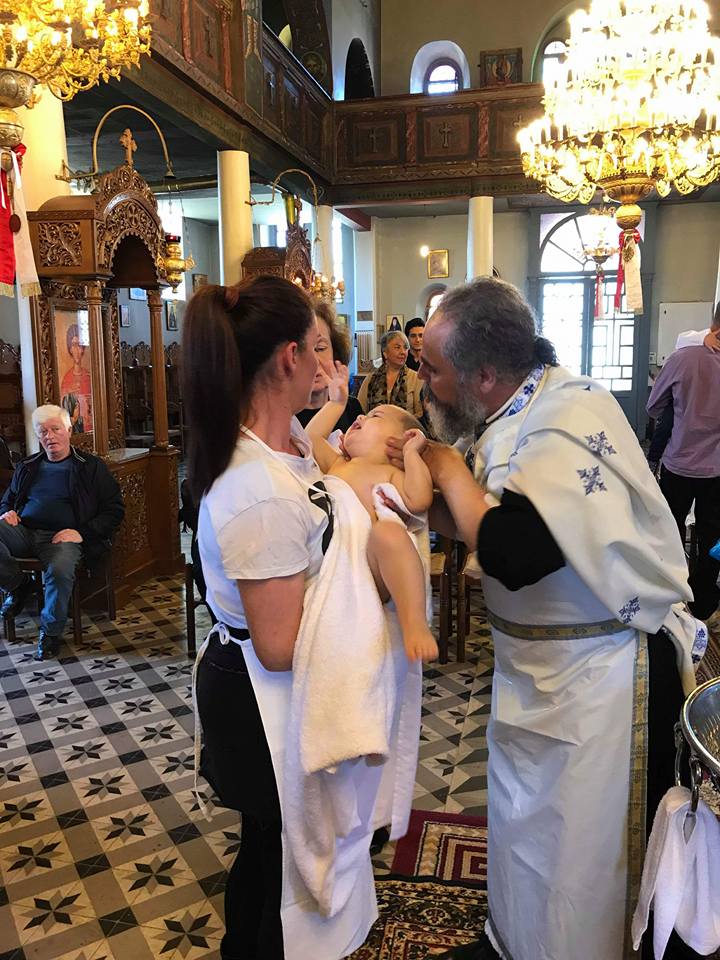











alan kennedy06.08.2023 11:56:18
Hello I’m English, my niece is married to Dionisis . Their first born child a Boy Alexandra’s will be Christened this August on a small Greek island called Lefkada . Can you advise me on the guests dress code please, I’d like to be appropriately dressed for the occasion. Regards Alan.
Zoe07.07.2023 18:58:49
Fid: You wait three days because the oil is holy and blessed and you want to make sure it is all soaked in so it isnt washed off down the drain and into the sewer.
Fid07.07.2023 09:58:22
Why do we wait for three days to bath baby and wash clothes
Pera27.09.2022 17:39:32
Da li se Grci ljube tri puta?